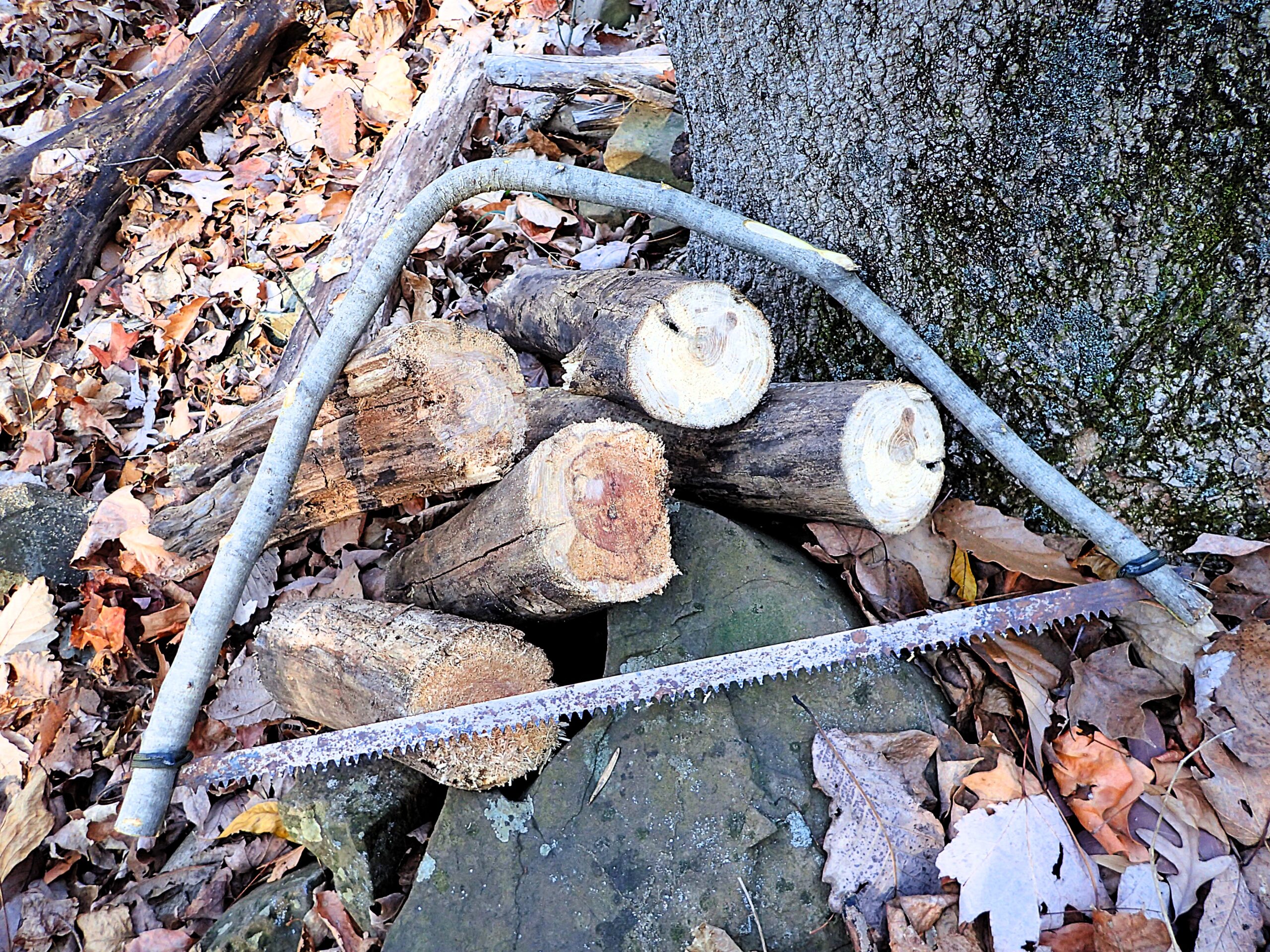Let’s journey through the world of making a bow saw for a quick down-and-dirty overnighter, day camp, or emergency survival scenario. This article will shed light on making a bow saw and the difference between it and bucksaw!
Bow Saw vs. Bucksaw
A bucksaw is a solid, very involved tool that culminates into a solid build that can be used for years. However, a bow saw is a relatively temporary put-it-together and get-to-work project. But there are still some steps that must be adhered to for a successful DIY.
The Scenario
I got into my late fall camp for a brisk overnighter, depending on my 24-inch, well-built Kelly H Bucksaw, which I had stashed. I didn’t account for the rain and humidity while I was traveling. To my surprise, my trusty Bucksaw had a wounded leg. One side was rotten, and the entire affair collapsed.
Advertisement — Continue Reading Below

DIY Bow Saw: A Simple, Effective Tool
Want a handy tool for cutting wood? You can make your own bow saw with just a few things: a flexible green branch, a saw blade, some nails or key rings, and a bit of cord.
First, cut your branch to size (around 3 feet) and split the ends. Bend the branch to condition it and let it twist and settle. Then, split the ends when you visually see them meet. Attach the saw blade to the ends with key rings, hardwood sticks, or nails already attached to the saw ends.
Advertisement — Continue Reading Below

This DIY bow saw is an excellent tool for various tasks:
- Outdoor Projects: Perfect for cutting firewood, clearing brush, or building small structures.
- Camping: A compact and versatile tool for camp repairs or woodcutting.
- Emergency Preparedness: A handy tool to have on hand for unexpected situations.

Advertisement — Continue Reading Below
The best part? You can customize your bow saw to your specific needs. Experiment with different branch sizes, blade types, and cord materials to find the perfect combination.

So, the next time you need a saw, why not try a DIY Bow Saw? It’s a fun and rewarding project that will give you a helpful tool. Do It!
Advertisement — Continue Reading Below















